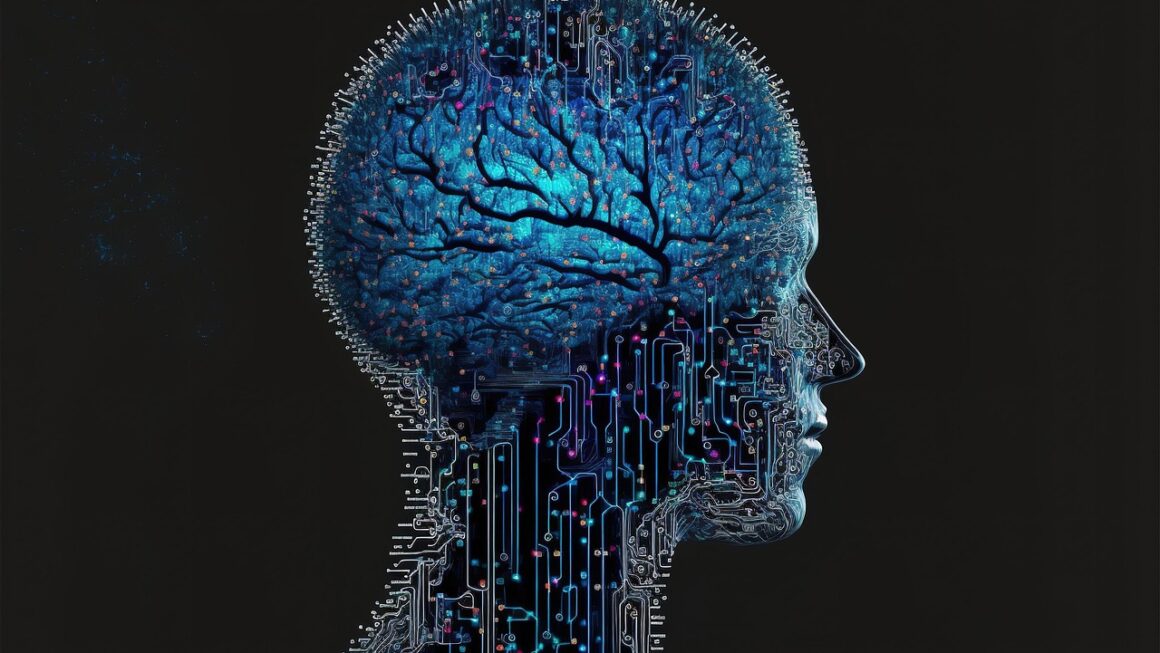Web3 is more than just a buzzword; it’s a paradigm shift in how we interact with the internet. Instead of being controlled by centralized entities, Web3 applications (dApps) are built on decentralized networks, typically blockchain, offering users greater control over their data and digital assets. But what exactly are these Web3 apps, and how are they changing the landscape of technology? Let’s dive into the world of decentralized applications and explore their potential.
What are Web3 Apps?
Defining Web3 Applications
Web3 apps, also known as decentralized applications (dApps), are applications that run on a decentralized network. Unlike traditional apps that rely on centralized servers, Web3 apps leverage blockchain technology, allowing for greater transparency, security, and user control. They are often open-source, meaning their code is publicly available and can be audited by anyone.
Key Characteristics of Web3 Apps
- Decentralization: Data and functionality are distributed across a network of computers, eliminating single points of failure and reducing censorship risks.
- Transparency: Transaction data is recorded on a public blockchain, making it easily auditable.
- Immutability: Once data is written to the blockchain, it cannot be altered, ensuring data integrity.
- Permissionless: Anyone can interact with the application without needing to obtain permission from a central authority.
- Native Cryptography: They use cryptographic primitives like digital signatures and hash functions to ensure security and identity management.
Web3 vs. Web2: A Comparison
| Feature | Web2 | Web3 |
| —————– | ———————————- | ————————————- |
| Architecture | Centralized servers | Decentralized networks (Blockchain) |
| Data Control | Controlled by the company | Controlled by the user |
| Transparency | Limited transparency | High transparency |
| Trust | Trust in the company | Trust in the code |
| Ownership | Limited ownership of data | Full ownership of digital assets |
| Censorship Resistance | Vulnerable to censorship | Highly resistant to censorship |
Benefits of Using Web3 Apps
Enhanced Security and Privacy
Traditional applications store user data on centralized servers, making them vulnerable to hacking and data breaches. Web3 apps, on the other hand, use blockchain technology to encrypt data and distribute it across a network, making it much harder for malicious actors to compromise user information. This improved security significantly reduces the risk of data breaches and identity theft.
Greater User Control and Data Ownership
With Web3 apps, users have more control over their data and digital assets. They can choose who has access to their information and decide how it is used. This is a stark contrast to Web2 applications, where companies often collect and monetize user data without explicit consent. Through concepts like non-fungible tokens (NFTs) and decentralized identifiers (DIDs), users truly own their digital identities and assets.
Increased Transparency and Trust
The transparency of blockchain technology makes Web3 apps more trustworthy. All transactions are recorded on a public ledger, allowing users to verify the integrity of the application and the data it stores. This transparency reduces the risk of fraud and manipulation, fostering greater trust between users and developers.
Resistance to Censorship
Since Web3 apps are decentralized, they are more resistant to censorship. No single entity controls the application or the data it stores, making it difficult for governments or corporations to shut them down or censor user content. This censorship resistance is particularly valuable in countries with restrictive internet policies.
Examples of Web3 Applications
Decentralized Finance (DeFi)
DeFi applications aim to replicate traditional financial services, like lending, borrowing, and trading, on a decentralized blockchain.
- Aave: A lending and borrowing platform where users can earn interest on deposits or borrow assets using cryptocurrency as collateral.
- Uniswap: A decentralized exchange (DEX) that allows users to trade cryptocurrencies without intermediaries. Its automated market maker (AMM) model uses liquidity pools instead of traditional order books.
- Compound: Another lending and borrowing platform with a focus on algorithmic interest rate adjustment based on supply and demand.
Non-Fungible Tokens (NFTs) and Digital Collectibles
NFTs are unique digital assets that represent ownership of items like artwork, music, or virtual real estate.
- OpenSea: The most popular NFT marketplace, where users can buy, sell, and discover a wide range of NFTs.
- Rarible: Another NFT marketplace that focuses on empowering creators by allowing them to mint and sell their digital creations directly to fans.
- Decentraland: A virtual world where users can buy, build on, and monetize virtual land represented by NFTs.
Decentralized Social Media
Web3 social media platforms offer users more control over their data and content.
- Lens Protocol: A composable and decentralized social graph, allowing developers to build various social media applications on top of it.
- Mirror: A decentralized publishing platform where writers can publish their work as NFTs and receive direct support from their readers.
Decentralized Storage
These applications offer secure and censorship-resistant storage solutions for files and data.
- Filecoin: A decentralized storage network that allows users to rent out their unused storage space to others.
- Arweave: A permanent, decentralized storage network that stores data indefinitely.
Developing Web3 Applications
Key Technologies and Tools
- Blockchain Platforms: Ethereum, Solana, Polkadot, and Cardano are popular blockchain platforms for building Web3 apps. Ethereum remains the most established, but alternatives offer faster transaction speeds and lower fees.
- Smart Contracts: Smart contracts are self-executing contracts written in code that automatically enforce the terms of an agreement. Solidity is the most common language for writing smart contracts on Ethereum.
- Development Frameworks: Truffle, Hardhat, and Brownie are development frameworks that provide tools and libraries for building, testing, and deploying smart contracts.
- Web3 Libraries: Web3.js and Ethers.js are JavaScript libraries that allow developers to interact with blockchain networks and smart contracts from their web applications.
Steps to Build a Web3 App
Challenges in Web3 Development
- Scalability: Blockchain networks can be slow and expensive to use, particularly during periods of high demand.
- Security: Smart contracts are vulnerable to bugs and exploits that can result in significant financial losses.
- User Experience: Web3 applications can be difficult to use for non-technical users.
- Regulation: The regulatory landscape surrounding Web3 is still evolving, which can create uncertainty for developers and users.
The Future of Web3
Potential Impact on Various Industries
Web3 has the potential to revolutionize numerous industries, including finance, healthcare, supply chain management, and entertainment. It can enable new business models, increase efficiency, and empower individuals.
- Finance: Decentralized finance (DeFi) can provide access to financial services for the unbanked and underbanked.
- Healthcare: Blockchain can improve data security and interoperability in the healthcare industry.
- Supply Chain Management: Web3 can provide greater transparency and traceability in supply chains.
- Entertainment: NFTs can empower artists and creators by allowing them to monetize their work directly.
Predictions and Trends
- Increased Adoption: As blockchain technology matures and becomes more user-friendly, we can expect to see wider adoption of Web3 applications.
- Cross-Chain Interoperability: Interoperability between different blockchain networks will become increasingly important, allowing for seamless transfer of data and assets.
- Metaverse Integration: Web3 technologies will play a crucial role in the development of the metaverse, enabling new forms of digital ownership and interaction.
Conclusion
Web3 apps represent a fundamental shift towards a more decentralized, transparent, and user-centric internet. While still in its early stages, Web3 has the potential to transform various industries and empower individuals with greater control over their data and digital assets. As technology continues to evolve, overcoming the challenges of scalability, security, and user experience will be crucial to realizing the full potential of Web3 applications. The future looks bright for Web3, promising a more equitable and innovative digital landscape.




